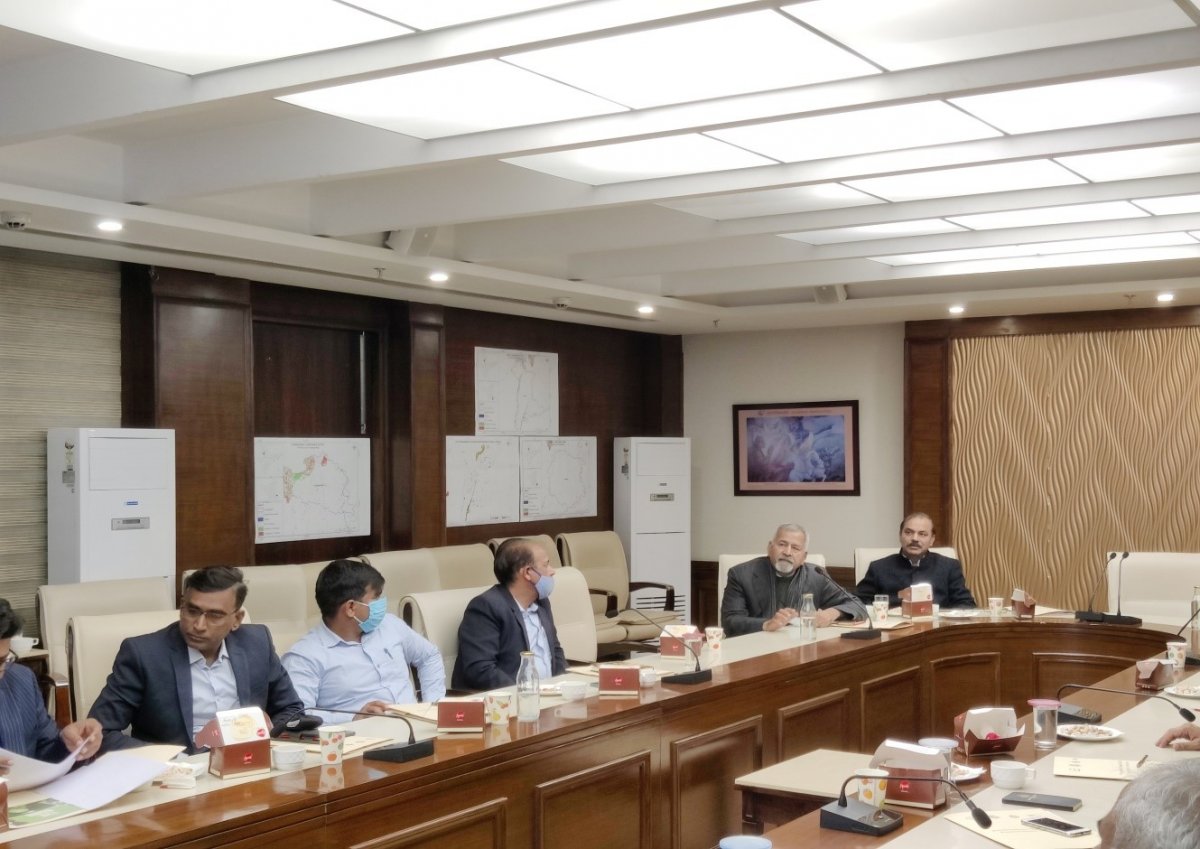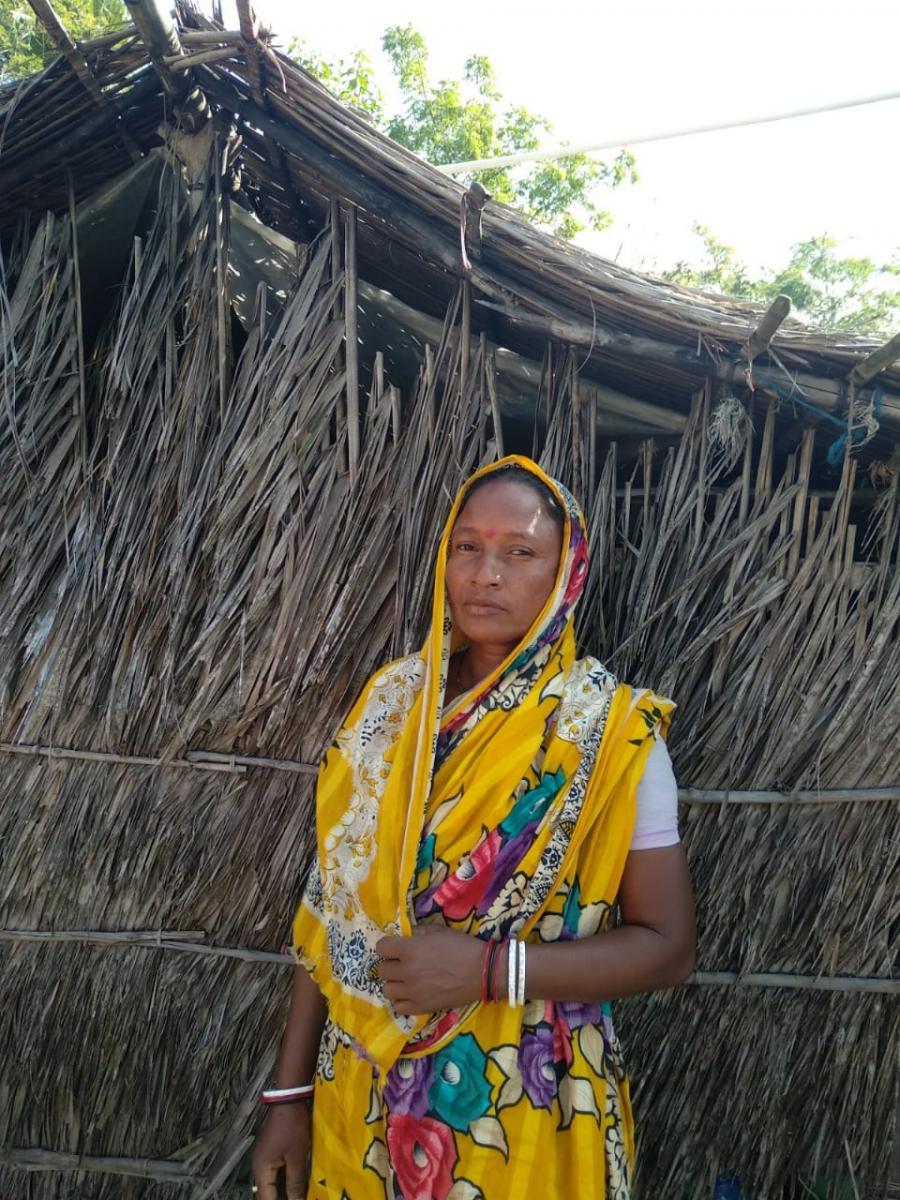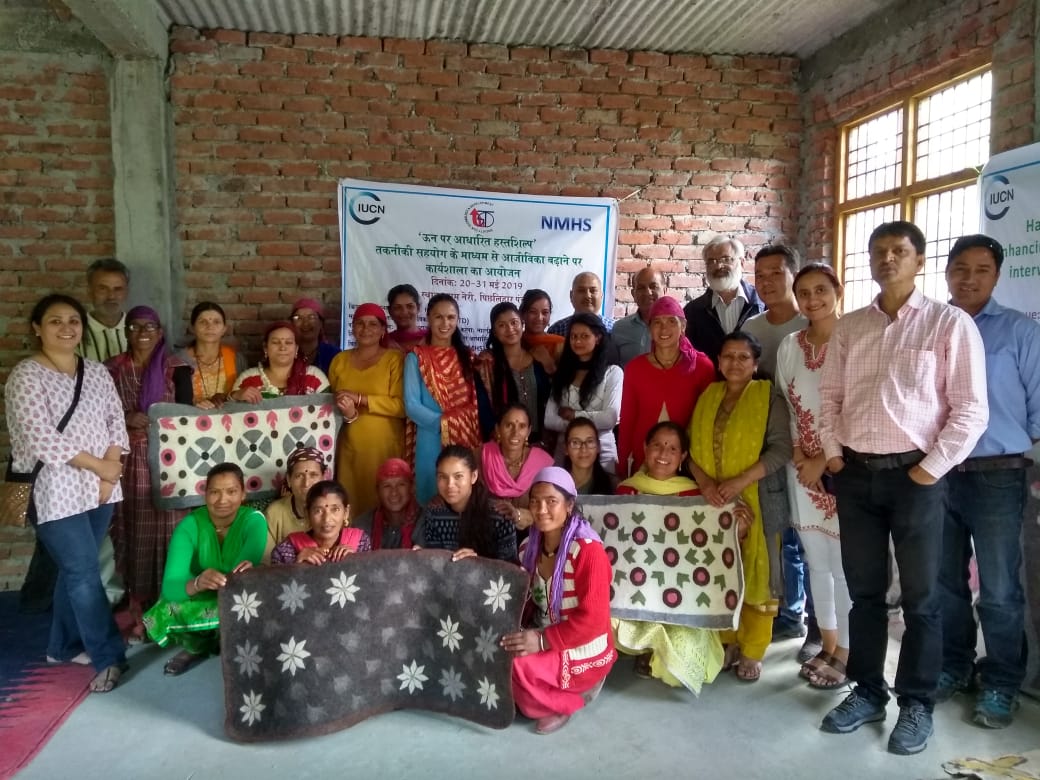Capacity Building on Forest Landscape Restoration: Enhancing convergence and collaboration amongst government departments in India
The tussle between the pursuit of economic growth and environmental sustainability is nothing new, including in India. The Indian economy has been growing at an unprecedented rate, increasing in size from being the 10th to the 5th largest in the world in less than a decade. Despite the COVID-19 pandemic causing a temporary setback to the country's growth story, forecasts remain optimistic. However, as India’s economy continues to expand, it faces mounting environmental challenges. Economic growth, coupled with the population projected to become the largest by 2023, have led to increased demand for resources. This is causing overexploitation of natural resources, which has been a key driver for land degradation in India.
Land degradation has a ripple effect that exacerbates climate change, reduces water availability, causes biodiversity loss, and threatens agricultural productivity. The Desertification and Land Degradation Atlas of India 2021 shows that about 30% of its total geographical area is undergoing land degradation. Current trends will only exacerbate challenges pertaining to land degradation and deforestation. Thus, nature conservation is no longer sufficient; restoration has now become imperative.
Recognising the urgent need to restore degraded and deforested land globally, the Government of Germany and IUCN (International Union for Conservation of Nature) launched the Bonn Challenge in 2011. This global goal aims to bring 150 million hectares of degraded and deforested landscapes into restoration by 2020 and 350 million hectares by 2030. India has committed to bring under restoration 26 million hectares of degraded and deforested land by 2030. IUCN, as the global secretariat for Bonn Challenge, has been working towards tracking international progress on its commitment.
In India, the Ministry of Environment, Forest and Climate Change (MoEFCC) has supported IUCN through the project "Enhanced Capacity Building of Stakeholders and State Governments on Forest Landscape Restoration and Reporting Mechanism on Bonn Challenge". The project focuses on Forest Landscape Restoration (FLR), which is the underlying approach for the Bonn Challenge pledge.
The project aims at collating state-level achievements of FLR and reporting them through the Bonn Barometer tool. It also aims to identify restoration opportunities in the five focus states (Haryana, Karnataka, Madhya Pradesh, Maharashtra, and Nagaland). While it has been recognised that multiple line departments need to work together to effectively implement FLR, this has remained a gap area. Working on this, IUCN India is also helping to strengthen the capacities of the five focus states on identifying, prioritizing, and operationalizing FLR-based interventions through capacity building workshops.
These workshops try to strengthen the capacities of government officials from different line departments, whose work has the potential to contribute to FLR, and develop synergies between the different stakeholders in the process. Additionally, the workshops provide an opportunity for participants to share their experiences with FLR approaches. IUCN India organised four such workshops in Madhya Pradesh, Maharashtra, Karnataka, and Nagaland from November 2022 to January 2023 in collaboration with the state forestry departments. On average, about 30-40 participants attended each workshop.
These workshops have yielded productive recommendations for stakeholders, such as taking stock of FLR-supportive policy and institutional frameworks, adopting people-centric FLR approaches, understanding and accounting for the local context, practising restoration at a landscape level, and designing a suitable FLR monitoring framework. The workshops have already provided a platform for different line departments, including Forest, Water Resources, Tribal Welfare, Rural Development, Panchayati Raj (system of rural local self-government), among others, to come together and start discussing FLR in a common language.
A participant from the Madhya Pradesh Forest Department noted: “All forestry developmental activities should be based on a landscape approach. The landscapes in the states are our first level of planning.” A similar workshop will be organized in the state of Haryana in the coming months.
References
Government of India. 2023. Budget 2023-24. Available at: https://www.indiabudget.gov.in/doc/budget_speech.pdf
Ministry of Finance. Government of India. 2023. Economic Survey 2022-23. Available at: https://www.indiabudget.gov.in/economicsurvey/doc/echapter.pdf
Space Applications Centre, Indian Space Research Organization (ISRO), Government of India. 2021. Desertification and Land Degradation Atlas of India. Ahmedabad.






